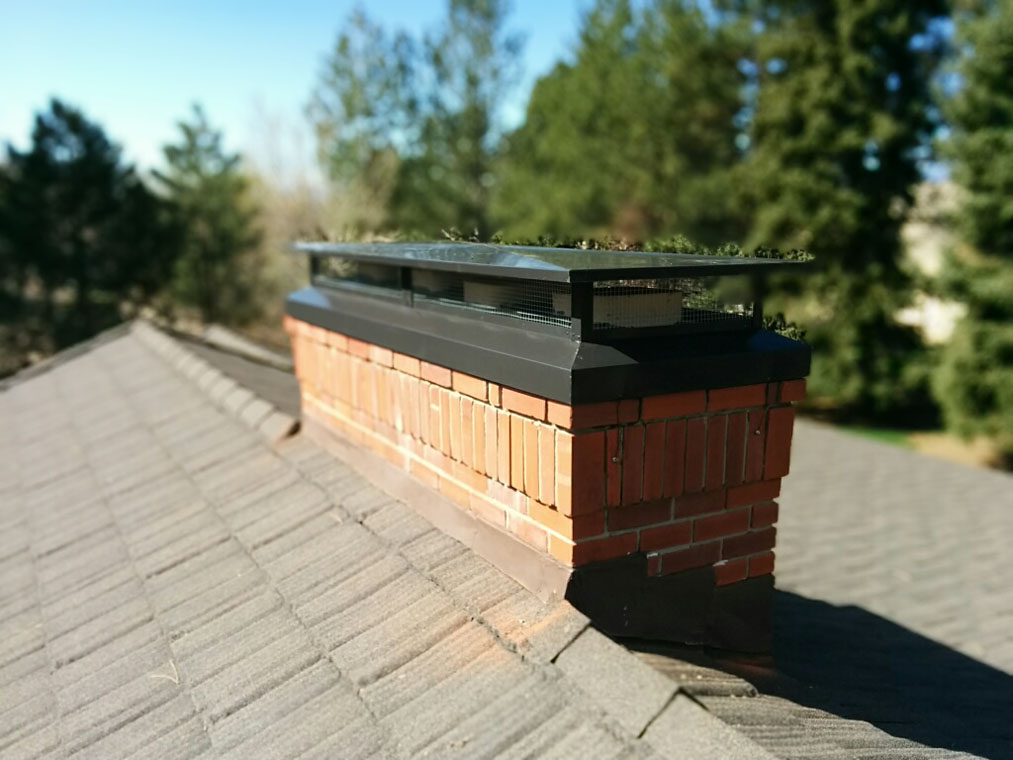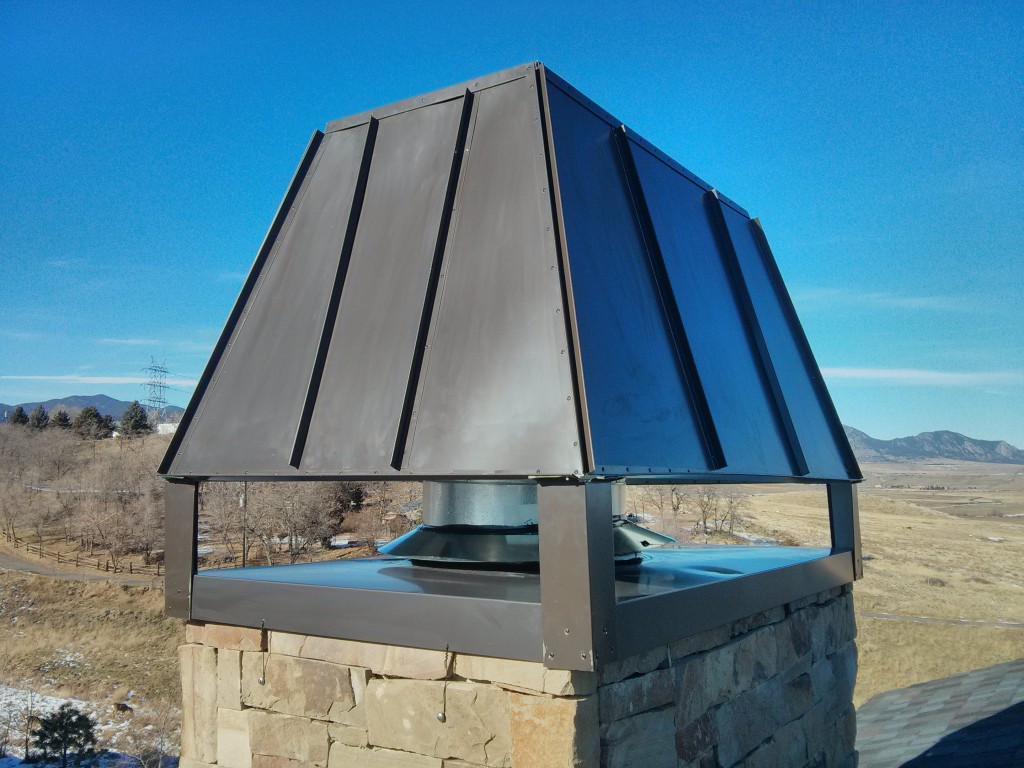If this is your first time dealing with a chimney, all the terms might be a little confusing to you. For instance, a lot of clients ask us – do I really need a chimney liner? And what exactly is a chimney liner?
So in this article, we’re doing our best to answer that for you.

What is a chimney liner?
A chimney liner is practically the inner lining of the chimney flue (which is the tunnel part of the chimney that rises out of the house). Typically, a chimney liner will be made out of ceramic, clay, or even metal, and its main purpose will be to contain the flammable materials, and the fire and smoke themselves, and direct them safely out of the chimney, and into the outside world.
Another important purpose of the chimney liner is to protect the chimney itself, and prevent corrosion and overheating.
So do you really need a chimney liner?
If you were under the mistaken impression that the purpose of a chimney liner was to simply add some extra safety to your chimney, you couldn’t be more wrong. A chimney liner is a vital part of your chimney construction, as it’s essential in directing the smoke through and out of the house. Without a liner, the smoke eventually begins to deteriorate the walls of the chimney flute, and seep through.
Except your chimney needs to efficiently be able to release smoke, because when it can’t do that, the chances of a chimney fire vastly increase. This happens because, without a chimney liner, the inner walls are more prone to accumulating soot and creosote, which in time become flammable.
Another purpose of your chimney liner is that it helps carry out the carbon monoxide released by the fire. If the carbon monoxide is unable to go outside, it will eventually spill back into the house, and cause intoxication.
Not only that, but a chimney liner is a great idea also in terms of energy efficiency. A chimney liner minimizes the loss of heat and helps the fire burn more brightly. This means your home retains more heat, from the same fire.
The lining is also used to promote a longer lifespan for the chimney itself which, otherwise exposed to moisture and smoke, would eventually break down and pose a serious safety hazard.
Last but not least, chimney lining makes it that much easier to actually perform chimney maintenance. Since the lining is a lot easier to take apart and clean than the brick-and-mortar, the lining is a great way to ease your future cleaning jobs.
So to put it simply, yes, you need a chimney liner, because it protects your home against a chimney fire.
Who needs a chimney liner?
Well, the short answer is everyone with a chimney requires a chimney liner. It’s important to have your chimney assessed regularly, to ensure it is in proper working order, even if you already have a chimney liner. Because of the passage of time, your existing liner may become weakened or deteriorate significantly, which can once more increase the risk of fire. So you may have to replace your chimney liner, eventually.
As for those without a chimney liner, we don’t recommend starting a fire without one. Many chimneys dating back to the 1920s are either without a liner or are lined with clay tiles, which form an extra layer of protection between the bare brick-and-mortar construction of the chimney, and the path of the smoke itself. However, in time, the clay tiles (as well as the mortar holding them together) start to decay, so will need to be replaced.





About The Author: Chad murray
More posts by chad murray